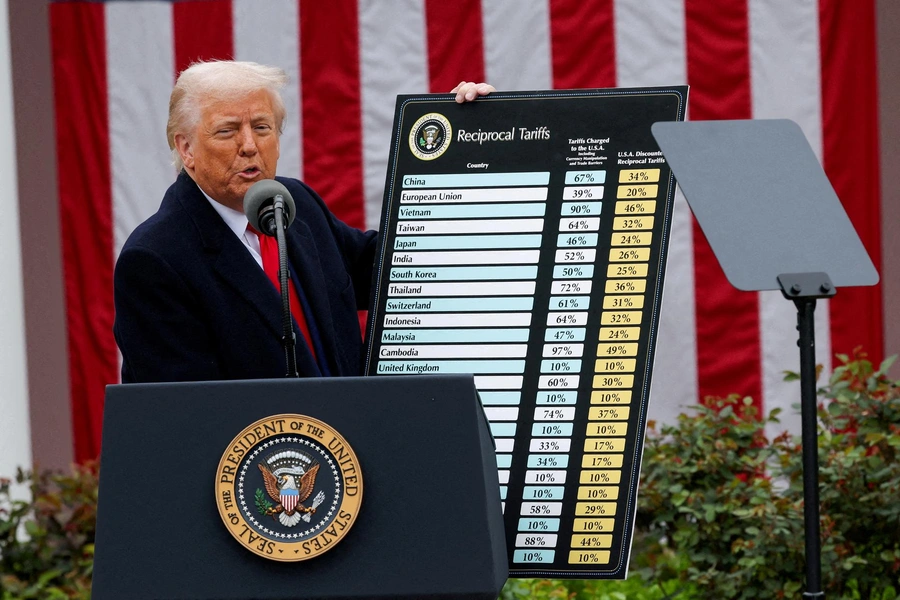
*This article is accurate to April 12th, 2025.
On April 2nd, 2025, President Donald Trump proclaimed “Liberation Day”, after putting a blanket 10% tariff on all imports, effective for April 5th. The creation of these reciprocal tariffs raised the average tariff on imported goods from 2 to 24% — the highest in over a century. The aim: to protect domestic industries and workers from competition, a process called protectionism. These tariffs placed a tax on all imported goods at a minimum of 10%, with some countries like China facing even higher rates.
The last time such large levies were enacted was in 1930 with the Smoot-Hawley tariffs which aimed to protect domestic industries from the Great Depression. Ironically, they caused the stock market to plummet further, adding to the chaos of the depression. This time, however, the tariffs are set to be multiple times larger than those passed the ‘30s, impacting all ports rather than just select ones like the Smoot-Hawley tariffs.
The way these tariffs were calculated also generated extensive controversy; instead of a methodical approach, a formula that used only two factors was used: the US’s trade deficit with a particular country, and the total imports it had from that country. Certain countries that buy much more from the US than they give, like Madagascar, had tariffs of 47% placed on its imports. Other countries, like Singapore, actually had a trade surplus with the US (meaning that they exported more to the US than they imported), but still had blanket tariffs placed on them, overall hurting the US more than it helped. Despite this, the country with the highest tariffs enacted was China, with a now effective over 134.7% average tariff on Chinese imports, causing China to react with even higher 145% tariffs on US imports.
Other tariffs, like those placed on the Heard and MacDonald Islands, have been turned into a joke, as the Australian outlying islands that are barren, icy, and inhospitable are home to thousands of penguins and a total of zero people. The rationale is unclear for these and other tariffs, which have already started to crash the global economy. In a world that is increasingly interdependent on the free market, these tariffs serve to upend the world order to protect American industries and their freedoms.